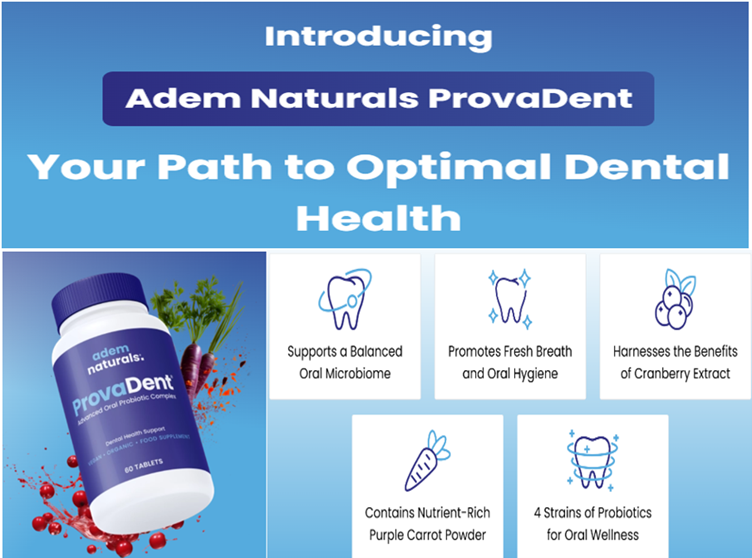Introduction
Accidents, whether in the workplace, on the road, or in public spaces, have far-reaching consequences beyond the immediate physical harm. They impose significant financial, emotional, and social burdens on individuals, businesses, and society as a whole. The economic cost of accidents includes medical expenses, lost productivity, legal fees, and infrastructure damage, while the social cost extends to emotional trauma, reduced quality of life, and strained healthcare systems.
In this blog, we will delve into the various costs of accidents, their impact on society, and the measures necessary to mitigate these losses. By understanding these costs, we can emphasize the importance of safety measures and accident prevention strategies.
The Economic Cost of Accidents
1. Medical Expenses
Impact: Accidents often result in severe injuries that require immediate medical attention, hospitalization, rehabilitation, and long-term care. The costs associated with these medical services place a burden on individuals, insurance companies, and public healthcare systems.
Key Statistics:
- Emergency medical care costs millions of dollars annually.
- Long-term rehabilitation for accident victims contributes significantly to healthcare expenses.
- Workplace accidents lead to compensation claims that affect business profitability.
Control Measures:
- Promoting workplace safety to reduce injuries.
- Encouraging road safety awareness to prevent traffic-related accidents.
- Implementing strict health and safety regulations in industries.
2. Loss of Productivity and Workforce
Impact: Accidents result in lost work hours, absenteeism, and decreased productivity. Injured workers may be unable to return to work, leading to skill shortages and increased pressure on remaining employees.
Key Statistics:
- Workplace injuries account for billions in lost productivity every year.
- Companies face increased costs in hiring and training replacements for injured employees.
- Reduced workforce participation due to disability impacts national economic growth.
Control Measures:
- Implementing comprehensive occupational health and safety programs.
- Encouraging companies to adopt preventive maintenance and risk assessments.
- Offering proper training and safety gear to minimize workplace hazards.
3. Legal and Compensation Costs
Impact: Accidents often lead to lawsuits, compensation claims, and settlements. Legal battles between victims, companies, insurance firms, and regulatory bodies contribute to the financial burden.
Key Statistics:
- Businesses spend millions in litigation and compensation annually.
- Families of accident victims often pursue legal action for medical expenses and emotional distress.
- Insurance premiums rise due to frequent accident claims.
Control Measures:
- Compliance with legal safety standards to avoid litigation.
- Conducting regular audits to identify and rectify potential hazards.
- Strengthening laws and penalties for non-compliance with safety regulations.
The Social Cost of Accidents
1. Emotional and Psychological Impact
Impact: Accidents cause emotional distress, trauma, and long-term psychological effects for victims and their families. Anxiety, depression, and post-traumatic stress disorder (PTSD) are common among accident survivors.
Key Statistics:
- Studies show that accident survivors experience increased mental health issues.
- Families of victims suffer long-term emotional distress.
- The loss of a loved one due to an accident has irreversible consequences on families and communities.
Control Measures:
- Providing mental health support and counseling for accident survivors.
- Promoting awareness about the psychological effects of accidents.
- Encouraging rehabilitation programs to aid recovery.
2. Impact on Families and Dependents
Impact: When a primary income earner is injured or dies due to an accident, the financial stability of the family is severely affected. Dependents may struggle with education, basic needs, and long-term financial security.
Key Statistics:
- Families of accident victims often fall into financial hardship.
- Children of accident victims may struggle with access to education and basic amenities.
- Social welfare programs bear additional burdens in supporting affected families.
Control Measures:
- Promoting insurance coverage to secure financial stability for families.
- Implementing workplace safety policies to protect employees and their dependents.
- Encouraging community support programs for accident-affected families.
3. Strain on Public Services
Impact: Accidents put pressure on public infrastructure, emergency services, and healthcare facilities. Governments must allocate resources to accident response, medical care, and social welfare programs.
Key Statistics:
- Emergency services spend billions responding to accidents annually.
- Public healthcare systems face increased patient loads due to preventable injuries.
- Government-funded compensation programs provide financial assistance to accident victims.
Control Measures:
- Strengthening accident prevention initiatives through public awareness campaigns.
- Allocating resources to safety training and education programs.
- Enhancing emergency response infrastructure to manage accident cases efficiently.
The Hidden Costs of Accidents
1. Reduced Quality of Life
Impact: Victims of accidents often experience a decline in their quality of life due to permanent disabilities, chronic pain, and limitations in daily activities.
Key Statistics:
- Many accident survivors require lifelong medical assistance.
- Reduced mobility and independence impact social and professional lives.
- Adjustments to homes and workspaces add financial burdens.
Control Measures:
- Providing better accessibility for disabled individuals.
- Encouraging rehabilitation and occupational therapy programs.
- Offering financial support and resources for long-term accident victims.
2. Environmental Damage
Impact: Industrial and vehicular accidents can cause significant environmental damage, including oil spills, toxic waste exposure, and air pollution.
Key Statistics:
- Transportation-related accidents contribute to environmental degradation.
- Workplace accidents involving hazardous materials cause ecological harm.
- Cleanup and restoration costs add to the overall economic impact.
Control Measures:
- Implementing strict environmental safety protocols.
- Conducting regular inspections to prevent industrial accidents.
- Encouraging the use of eco-friendly and safe technology.
Preventive Measures to Reduce Accident Costs
1. Workplace Safety Initiatives
- Establishing strict safety protocols and training programs.
- Ensuring compliance with occupational health and safety regulations.
- Providing protective equipment and ergonomic workplace designs.
2. Road Safety Measures
- Enforcing traffic laws and penalties for reckless driving.
- Implementing awareness campaigns on safe driving habits.
- Enhancing infrastructure for safer roads and pedestrian zones.
3. Emergency Preparedness and Response
- Strengthening disaster management and first-aid training.
- Equipping emergency responders with necessary resources.
- Encouraging community engagement in safety initiatives.
4. Public Awareness and Education
- Promoting safety education in schools and workplaces.
- Encouraging responsible behavior in industries, homes, and public areas.
- Supporting initiatives for mental health and accident trauma recovery.
Conclusion
The cost of accidents to society extends far beyond financial losses, affecting public health, economic stability, and overall well-being. By prioritizing accident prevention through workplace safety measures, road safety laws, public awareness, and emergency preparedness, we can mitigate these costs and create a safer environment for all. Governments, businesses, and individuals must work together to reduce accident rates and protect society from the devastating consequences of preventable injuries.
Tags : accident cost to society, workplace safety, road accidents impact, economic loss from accidents, public safety measures, social cost of injuries, accident prevention strategies, financial burden of accidents.
“Start Your Website Journey Today – Exclusive Hostinger Discounts!”










